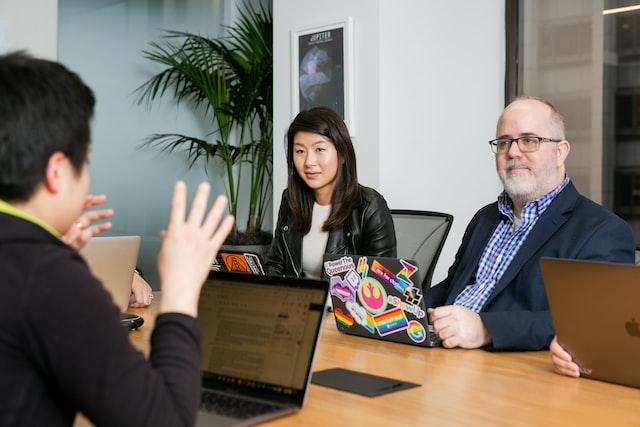Trends, Values, and Budget Considerations for Organizational Leaders
Featured
Share online

For many organizations, a new fiscal year is just around the corner. As budgets are set, it will be important for senior leaders to consider current trends. A key focus, according to the Deloitte 2023 Human Capital Trends Report is putting in “new fundamentals for a boundaryless world” (Van Durme et al., 2023). Gone are the days where organizational deliverables, and people, can be put into tidy boxes. Organizations need to adapt as both issues and possibilities emerge. Since the global pandemic began, leaders and employees have been experiencing great upheavals, at best, opening to opportunities of agility, creativity, and innovation, and, at worst, experiencing confusion, chaos, and/or closure. Likely, a range of each are present. The challenge then becomes how to navigate these disruptions within, and outside of, the organization. Of organizations surveyed, only 23% said that their leaders have the capabilities to navigate a disrupted world (Van Durme et al., 2023). Deloitte offers the following three strategies: think like a researcher, cocreate a new relationship between organization and employees, and, prioritize human outcomes (Van Durme et al., 2023).
Values based leaders understand how to utilize these strategies through moving forward with values. Thinking like a researcher involves curiousity, experimentation, and innovation. Co-creating a new relationship calls for real collaboration and devising new organizational structures that include reimagining ways of being, doing and relating with shared values, a shared mission, and a shared purpose. Prioritizing human outcomes is about considering the common good, stewardship and being in service within and beyond organizational operations. As organizational leaders navigate this new landscape, values can offer ways to call up quickly priorities and enable different thinking. For example, hybrid workplaces in which employees work both in the office and at home, are now part of workplace dialogues. Thinking like a researcher, a leader can become curious about how this could work within the organization by listening to what employees want and experimenting with what may be suggested. Considering collaboration, leaders can look for opportunities to let people make decisions with their support, rather than trying to impose top-down decisions. Gallup found that one of the most engaging strategies that employers can do is to have teams collaboratively craft their hybrid work policy (Harter, Wigert, & Agrawal, 2022). In this way, leaders can prioritize human outcomes in which issues of equity, diversity, and inclusion and workplace wellbeing are at the forefront and will ripple out to enable workforce sustainability.
As budgets are being set, leaders can be intentional in allotting resources to support current trends, rooted in values and relevant initiatives, such as having teams craft their own hybrid work policies. Afterall, if you want to see what an organization values, look at its budget.
References
Van Durme et al. (2023, January 9) Deloitte 2023 Global Human Capital Trends – Introduction: New fundamentals for a boundaryless world. Deloitte Insights. Retrieved from https://www2.deloitte.com/us/en/insights/focus/human-capital-trends.html#read-the-introduction
Harter, J., Wigert, B, & Agrawal, S. (2022, November 7) Coordinating Hybrid Work Schedules -- 5 Important Findings. Workplace. Retrieved from https://www.gallup.com/workplace/401738/coordinating-hybrid-work-schedules-5-important-findings.aspx